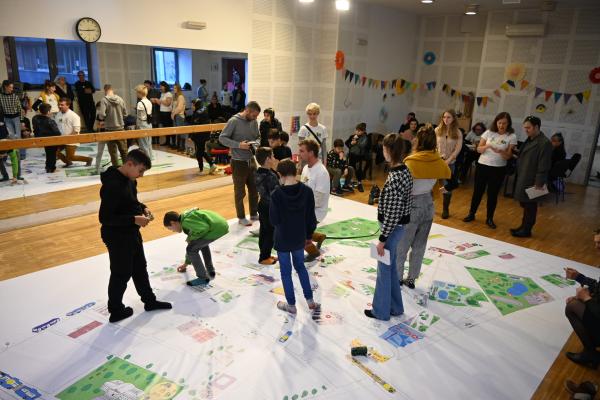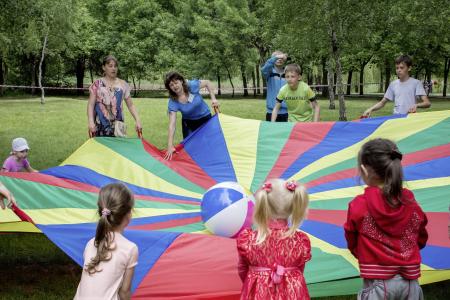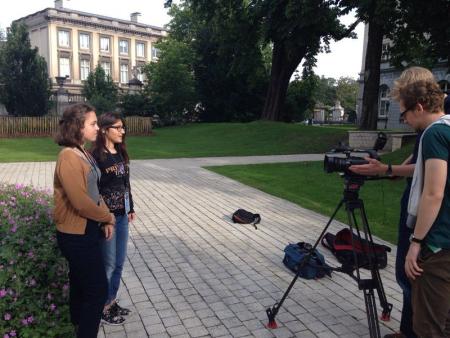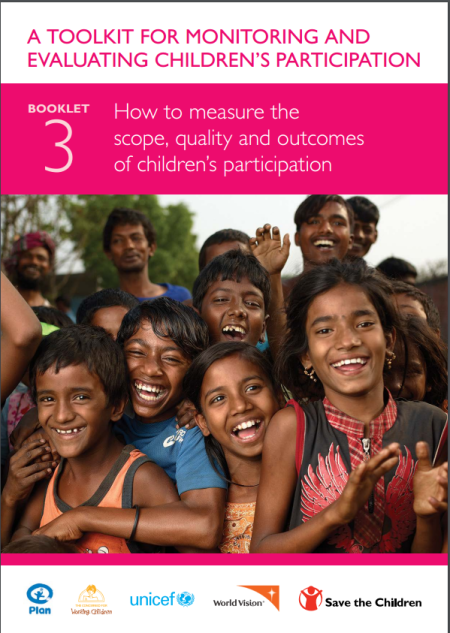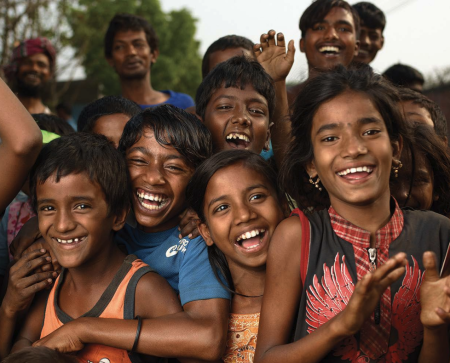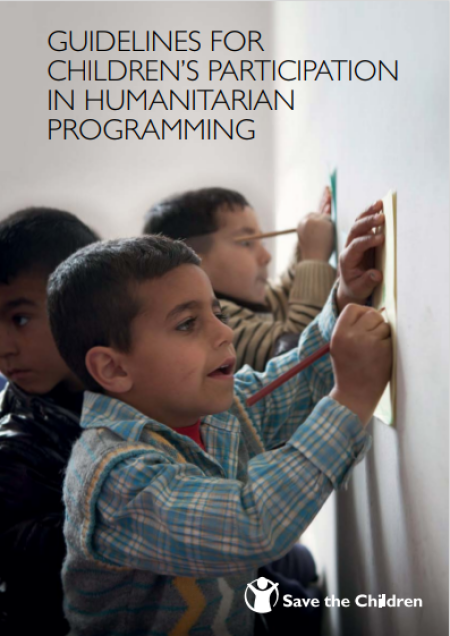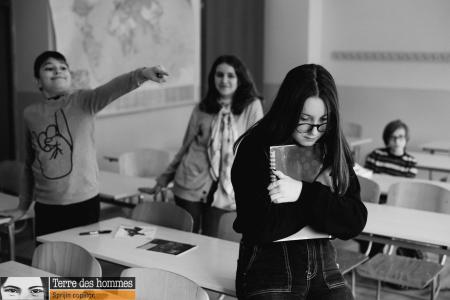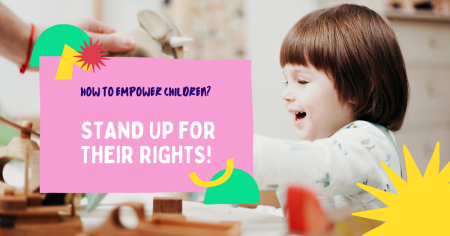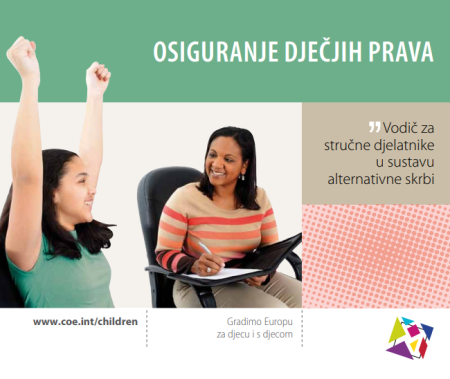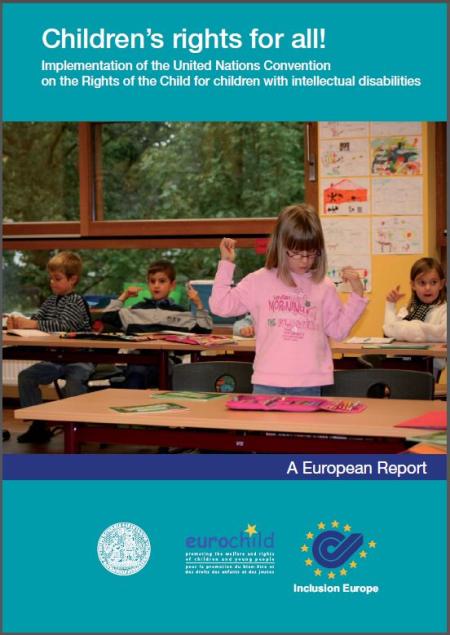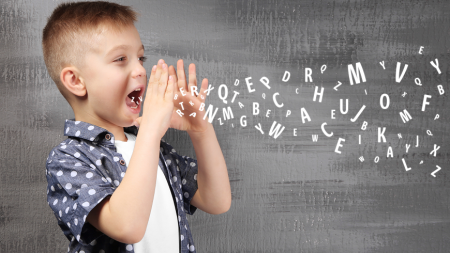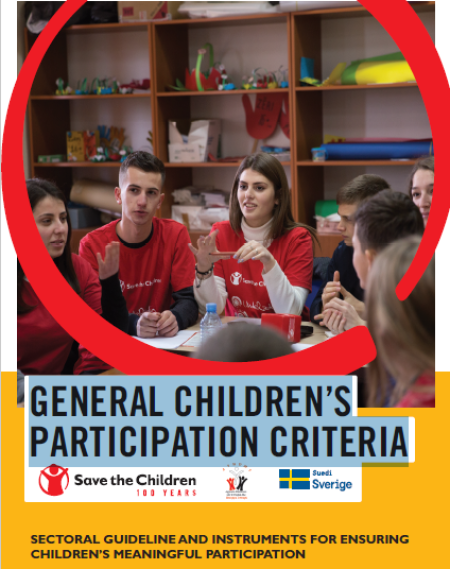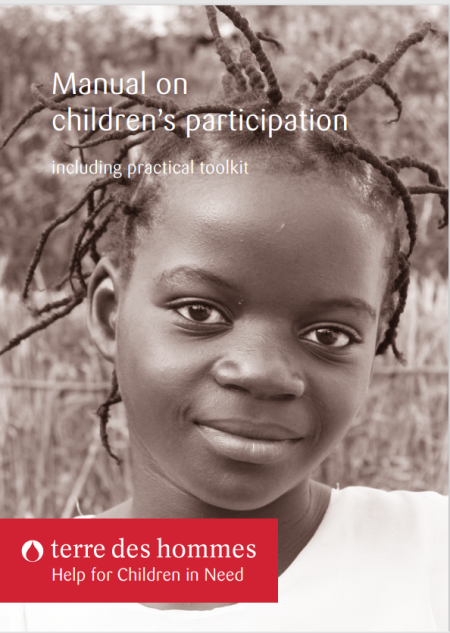
This blog was authored by Fanni Mátyók and Dorottya Domján, advocates for children's rights and leaders of the Child Citizens Project in Józsefváros.
Explore the profound impact of the Child Citizens Project, one of the ten chosen initiatives from 156 applicants under the EU Citizens Equality, Rights, and Values programme, dedicated to fostering child participation in Budapest's Józsefváros district. From dynamic workshops elucidating children's rights to collaborative district co-designing with young minds, this initiative transcends awareness, translating it into meaningful action.
Children’s rights in classrooms
In a Hungarian landscape where democratic processes and legal awareness lag, a primary focus of the Child Citizens Project is to elevate awareness regarding children’s human rights. Celebrating the World Children’s Rights Day, interactive children's rights education workshops unfolded across district schools. These sessions, enriched with insights from the Child Citizens Project and interactive elements like the Onion game from the We Are Here: A Child Participation Toolbox - acquired during the Eurochild training in October - urged participants to share their perspectives on children's rights. Resources such as the Council of Europe’s “Compasito exercises” and UNICEF Hungary's card game were integrated to foster a playful yet profound understanding of their rights.
Co-designing the district with children and young people
The Municipality marked World Children’s Rights Day for the first time, hosting diverse events dedicated to enhancing awareness about children’s rights and participation. The pinnacle of this celebration unfolded at Kesztyűgyár, a popular community space in the district. Collaborating with local children, interdisciplinary artist Nóra Juhász designed a grandiose district map, serving as a creative canvas covering the entire dance hall of the building. In an interactive session, children used a variety of techniques to reimagine the district, providing invaluable insights into the components of an ideal child-friendly city.
Concurrently, various activities, including a flag design session, a board game and chill-out corner, and a story-telling workshop, engaged both children and youth in meaningful planning and discussions. This celebration not only stimulated dialogue but also underscored the pivotal role of active child participation in decision-making. Additionally, insights from the project were presented at the Hungarian Child Rights NGO Coalition’s annual conference, marking the conclusion of a month-long awareness drive.
First international recognition
The project gained international acclaim as its program, 'Let’s Meet at the Square!', was chosen for presentation at the European Conference on Local Youth Work and Democracy in Brussels. This initiative creates inclusive outdoor spaces for youth, addressing challenges associated with limited activities and socialization opportunities. By fostering community engagement, providing a secure environment, and aligning with the European Charter on Local Youth Work, 'Let’s Meet at the Square!' reflects a steadfast commitment to youth empowerment. This program underscores the transformative influence of local endeavors in establishing meaningful child participation structures, resonating with the spirit of the Child Citizens Project.
For more information on the Child Citizens Project, please reach out at fanni.matyok@gmail.com.
Within the Eurochild Secretariat, contact Alice Hagger-Vaughan, Eurochild Child Participation Coordinator.
The accompanying photo capturing a moment from this impactful journey, at 20 November 2023

